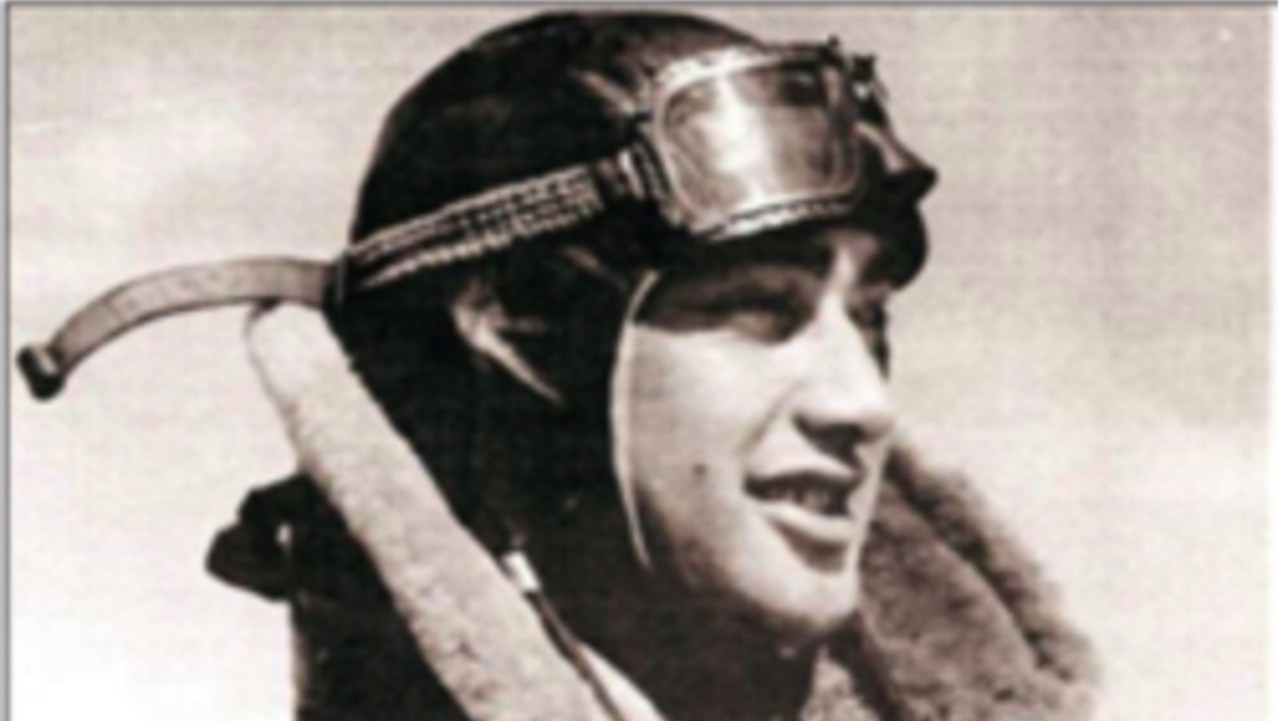In 2023-2025 we commemorate the 80th anniversary of the Allied liberation of Europe in 1944-1945. Many of the prisoner of war camps in western Europe were liberated by the Allies during this time. More than 8000 New Zealanders were interred as prisoners of war throughout the war and close to 12,000 lost their lives in the conflict.
New Zealand’s contribution
From a population of 1.6 million, around 140,000 New Zealanders fought in war, 6000 of whom served in the Royal Air Force. Approximately 16,000 of those who enlisted for service in WWII were Maori. Porokoru Patapu Pohe, also known as John Pohe or Lucky Johnny, was one of the first Maori pilots in the Royal New Zealand Air Force and was the first fully-qualified Maori pilot to leave New Zealand to fight in WWII.
Lucky Johny joins the Air Force
Pohe was born in Wanganui and grew up near Taipahe, about 200 km north of Wellington on his family’s farm. He spent two years in the army reserves as part of the Manawatu Mountain Rifles regiment before joining the air force. In September 1940 he began training at the Ground Training School in Levin, around 80 kilometers north of Wellington. He completed his training January 1941, graduating from the Woodbourne air force base in Blenheim.
Later that year Pohe joined Squadron 51 of the Royal Air Force after undergoing training in England for a number of months. He carried out 22 missions during his time in the RAF, including bombing enemy targets in France, Germany and Italy.
In September 1943 his plane was hit during a bombing raid over Hanover, Germany. Lucky Johnny managed to fly as far back as the English Channel before crash landing into the water, and was then taken prisoner by the German forces. He was brought initially to Dulag transit camp before being brought to Stalag Luft VI and then finally to Stalag Luft III in Sagan.
The “Great Escape”
Stalag Luft III was a Nazi Prisoner-of-war camp for Allied air force prisoners in what is now Żagań, Poland. It is most well-known for the escape of Allied prisoners known colloquially as the “Great Escape”.
On the night of March 24th 1944, 220 prisoners attempted to escape from the camp through a tunnel that the prisoners had burrowed. Nicknamed “Harry”, the escape tunnel had been dug too short and the prisoners came up in view of the guards. Only 76 men were able to escape from the camp, the vast majority of whom were recaptured. Only three of the prisoners made it to safety. Upon Hitler’s orders, 50 of the recaptured prisoners were executed, among them Pohe. He was cremated and is buried in the Poznan Old Garrison Cemetery, Poland.
Evacuation of the camp
In January 1945 the camp was evacuated and all prisoners were moved to Stalag VII-A in Bavaria, Germany. The prisoners were finally freed when the US 14th Armored Division liberated the camp in April 1945. Join in the 80th anniversary commemorations. Pay tribute to those who lost their lives and celebrate the liberation of the POW camps by the Allied forces.
Check out Europe Remembers for more information about museums, destinations and trips, or follow us on Facebook, Instagram or Twitter.
Europe Remembers is a campaign of the LRE Foundation to commemorate and celebrate 80 years of freedom in 2023-2025.
Sources:
Auckland Museum Online Cenotaph. “Porokoru Patapu Pohe.” Accessed March 19, 2019. http://www.aucklandmuseum.com/war-memorial/online-cenotaph/record/C18989
Brickhill, Paul. The Great Escape. Greenwich: Fawcett Publications, 1950.
Carrol, Tim. The Great Escape from Stalag Luft III: The Full Story of How 76 Allied Officers Carried Out World War II’s Most Remarkable Mass Escape. New York: Gallery Books, 2005.
Lankford, Jim. January 20, 2015. “The 14th Armored Division and the Liberation of Stalag VIIA.” National Museum of the United States Army. Accessed March 19, 2019. https://armyhistory.org/the-14th-armored-division-and-the-liberation-of-stalag-viia/.
New Zealand History. Updated August 5, 2014. “Maori and the Second World War.” Ministry for Culture and Heritage. Accessed March 19, 2019. https://nzhistory.govt.nz/war/maori-in-second-world-war.
New Zealand History. Updated August 5, 2014. “Prisoners of War.” Ministry for Culture and Heritage. Accessed March 19, 2019. https://nzhistory.govt.nz/war/second-world-war/prisoners-of-war.
New Zealand History. Updated August 5, 2014. “New Zealand and the Second World War.” Ministry for Culture and Heritage. Accessed March 19, 2019. https://nzhistory.govt.nz/war/new-zealand-and-the-second-world-war-overview.
Royal New Zealand Air Force. “The RNZAF in World War II:1939-41 Empire Defence.” Accessed March 19, 2019. http://www.airforce.mil.nz/about-us/who-we-are/history/wwii.htm.
